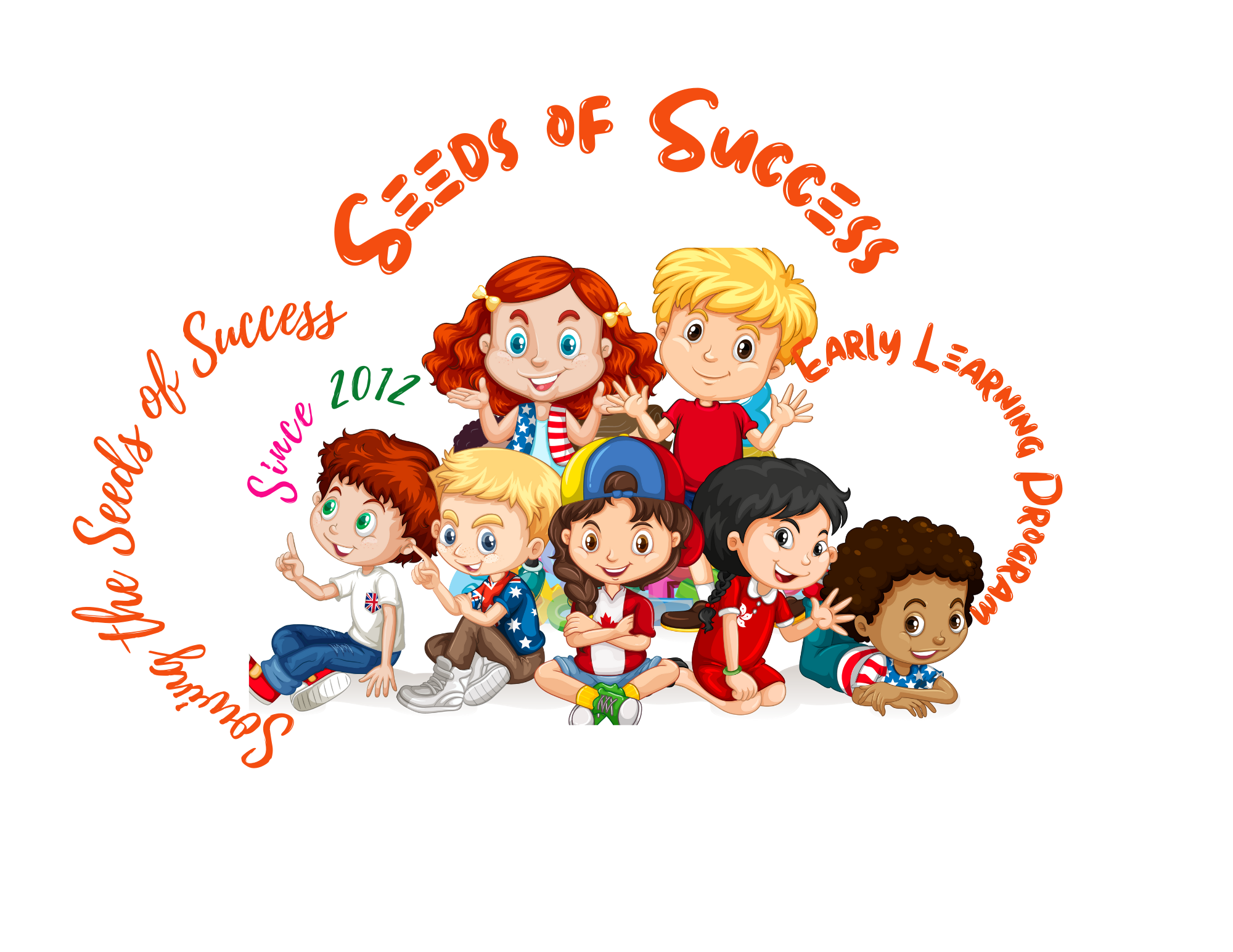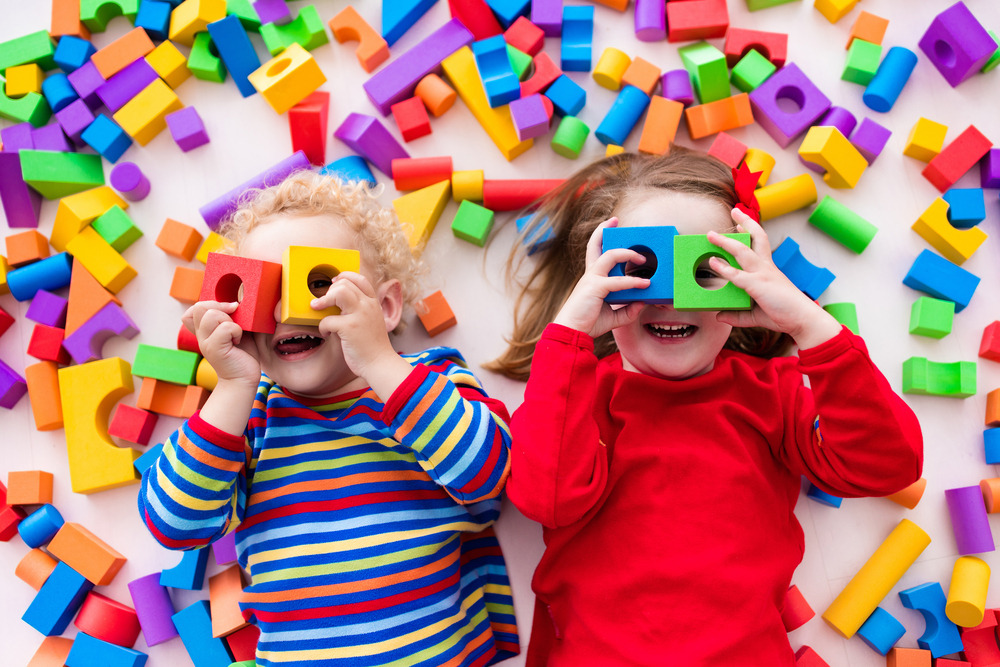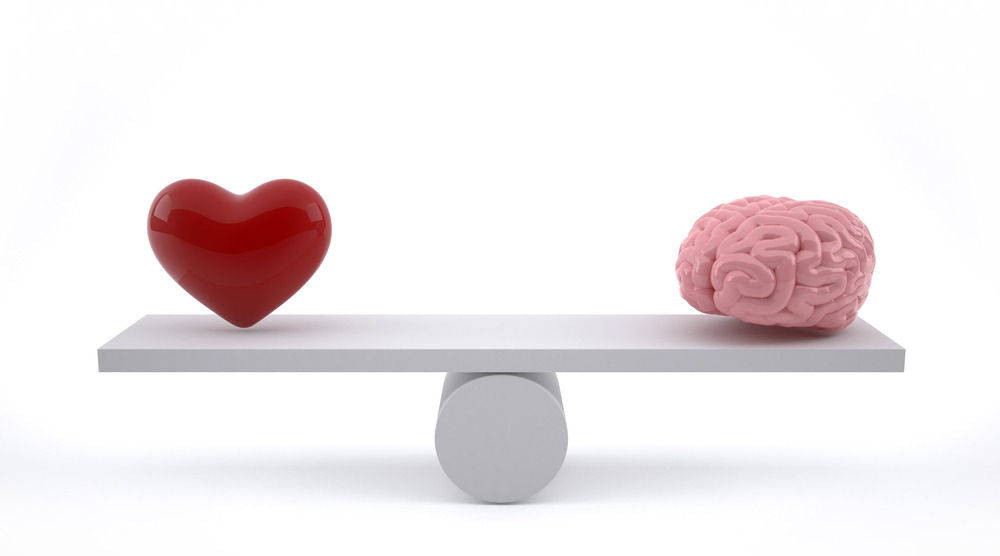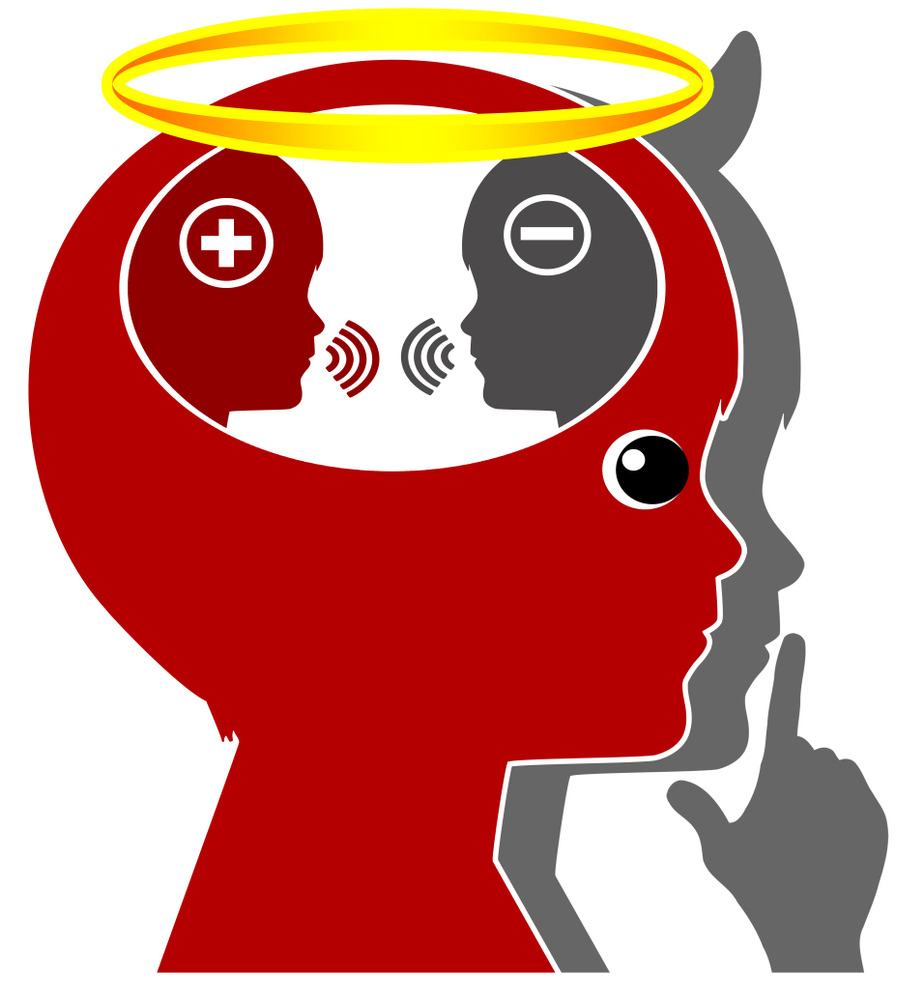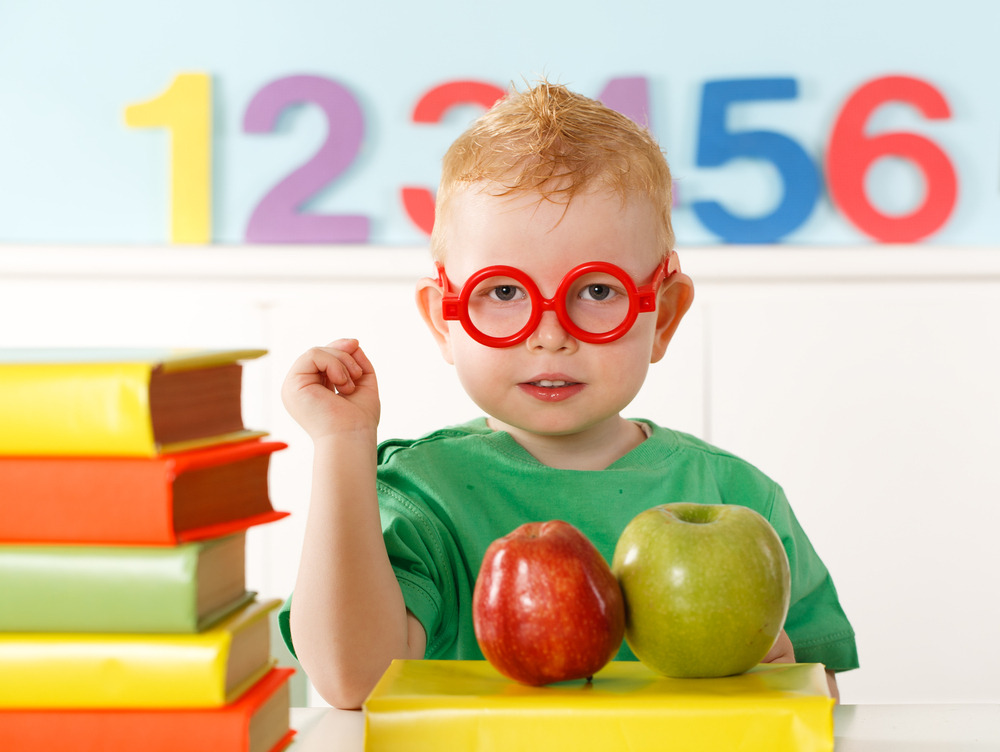At first, when we see children playing with blocks, it may seem that they are randomly stacking, assembling, disassembling, sorting, and placing blocks together without any plan. If we pay attention or spend more time observing their play, we can quickly notice that they are following a pattern or have a picture in their mind that they are pursuing.
I have seen children building their neighbourhood shop, their local community playground and building the street around the house they make. Impressively, their construction reflects what they are building.
There are different sorts of play materials for constructive play. I will explore children’s learning around the blocks and with similar play materials. That play material may include Blocks, Lego Duplo, Gears, Jigsaw, Interlocking blocks, Magnetic tiles, and natural loose parts like twigs, rocks and logs.
The blocks have unchangeable shapes and dimensions; at the same time, blocks offer open-ended creativity. For example, magnetic tiles have shapes and colours that can fit only in a particular way, with multiple possibilities to create many designs. Therefore, children may sharpen their spatial skills.
Children’s Learning Experiences when Constructing with Blocks
Mathematical Relationship
Children who play with blocks may think about logical-mathematical relationships regarding measurement, volume, depth, width, length, number fractions, order and geometry.
Science
Children built with blocks may learn to manage weight, balance, and gravity stability. They do systems, trial and learn from errors and rebuild their structures to reach equilibrium. I have seen in preschool classrooms that children try a block to correct their constructed system by replacing the block with diverse dimensions or by adding more or fewer blocks to balance better in place. During block play, children also work on classification, shape, symmetry, mapping, size, equality and properties of matter.
Social-Emotional Skills
During the block play, I heard children sharing their construction stories. They cooperate and show respect for each other in response to the shared stories. They discuss how to do it and exhibit interdependence with each other. Children also achieve feelings of self-confidence and authority in their complete construction.
Physical Development
Playing with blocks allows them to practice their gross and fine motor skills, visual perception, eye-hand coordination, and hand manipulation.
Art and language arts
During the construction of blocks, children may practice and evaluate the pattern, symmetry, shape recognition, differentiation of shapes, size relations, signs, labelling, and directions. Children may also exercise symbolic representation and mapping grids.
